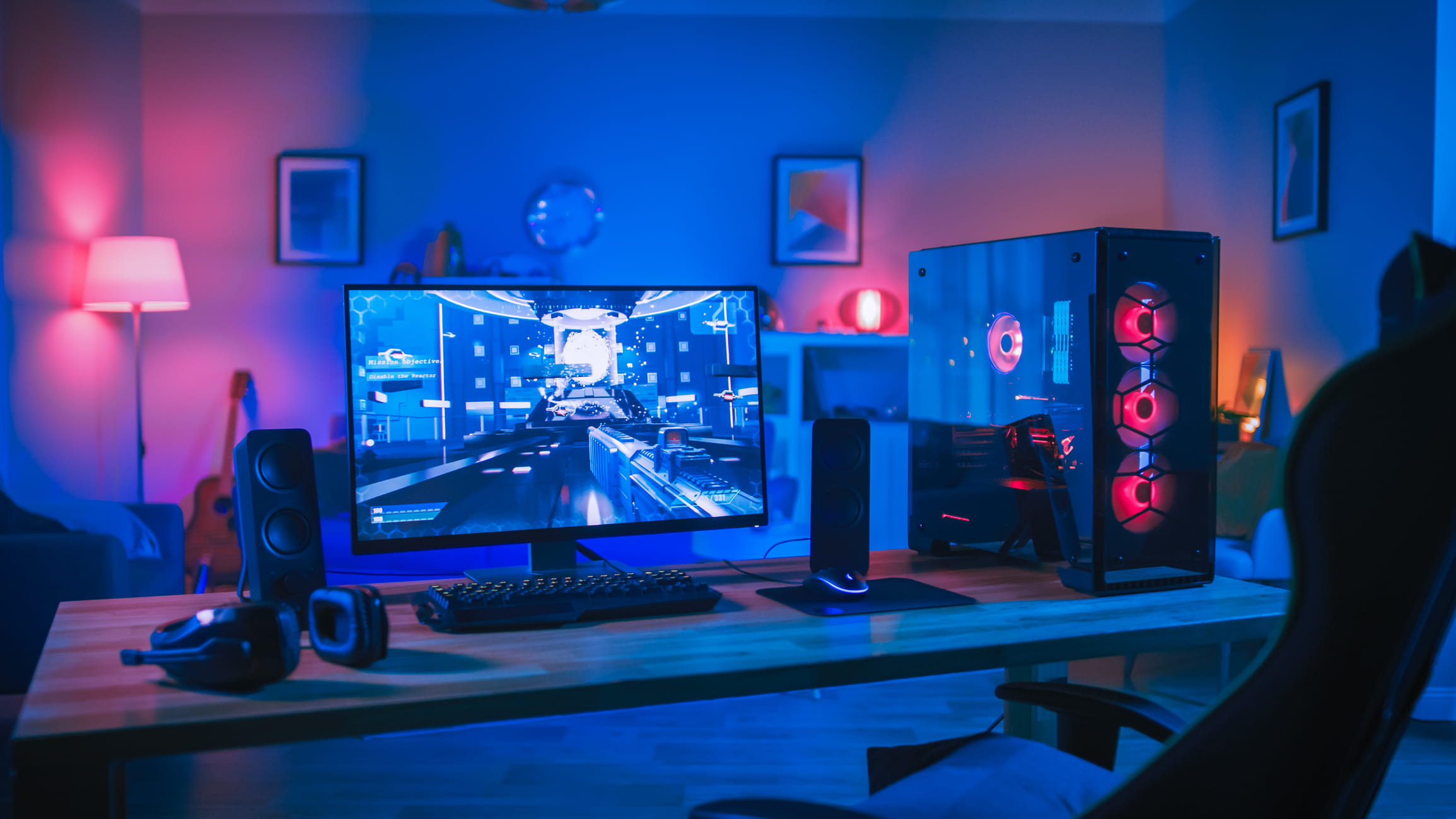Data from Omdia, shows shipments of desktops and notebooks to the United States grew 15% year on year in Q1 2025, hitting 16.9 million units. A surge in sell-in activity by vendors driven by efforts to navigate tariff announcements has led to significant inventory buildup that will now need to be cleared. This, combined with downward pressure on consumer spending, will lead to a market slowdown for the remainder of the year, with total PC shipments in 2025 forecast to increase by just 2% annually. With a considerable portion of Windows refresh activity set to occur after the Windows 10 end-of-support deadline in October 2025, growth in 2026 is expected to come in at 4%.
Business procurement of PCs is set to remain healthy this year and will help outweigh the stagnation in consumer spending on the category. Commercial PC shipments are anticipated to grow 8% in stark contrast to the 4% decline expected in consumer shipments.
“The pace of transition to Windows 11 among US businesses has been a positive sign for the industry,” said Ishan Dutt, Research Director at Omdia. “Commercial demand, particularly from SMBs, is set to accelerate in the second half of 2025 as Microsoft ramps up its awareness drive on the importance of timely refresh. However, consumers’ appetite for big-ticket spending on PCs faces a number of downside risks. Although PCs currently remain exempt, broader tariffs impacting key spending categories have already resulted in inflationary pressure, with the Federal Reserve pausing its planned interest rate cuts in anticipation of further price rises in the remainder of the year. With retail inventories relatively well stocked, sell-in during H2 2025 is likely to be constrained.”
“Despite the sense of urgency driven by the Windows 10 EoS date, consumer demand in the US has remained largely unaffected,” said Kieren Jessop, Research Manager at Omdia. “This highlights a key reality: many PC users are indifferent to the Windows 10 EoS until it becomes a significant pain point. Consumer PC purchases tend to be largely driven by factors like poor battery life, slow performance or hardware failures. Overwhelming specifications and unclear messaging also exacerbate the complexity of the PC buying journey. For vendors and channel partners, this underscores the need to simplify the buyer experience through clear, needs-based messaging and streamlined product portfolios. The channel must proactively guide consumers through a coherent and intuitive purchasing process, helping them easily identify devices tailored to their needs.”
More insights
Assess the marketplace with our extensive insights collection.
More insightsHear from analysts
When you partner with Omdia, you gain access to our highly rated Ask An Analyst service.
Hear from analystsOmdia Newsroom
Read the latest press releases from Omdia.
Omdia NewsroomSolutions
Leverage unique access to market leading analysts and profit from their deep industry expertise.
Solutions




